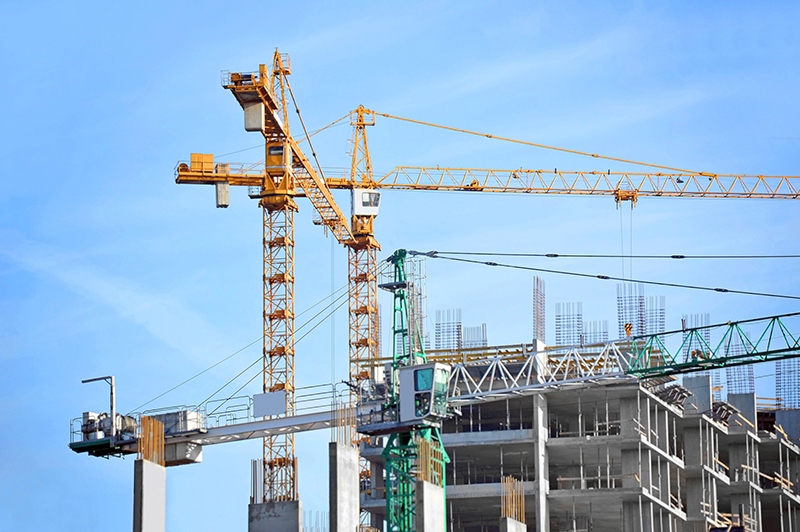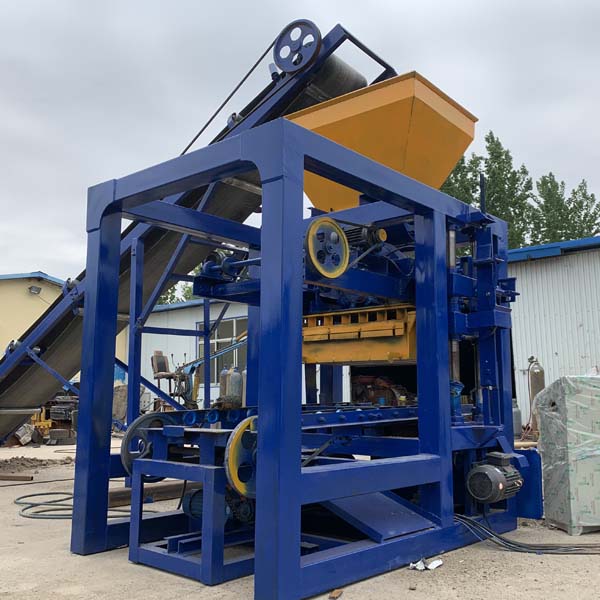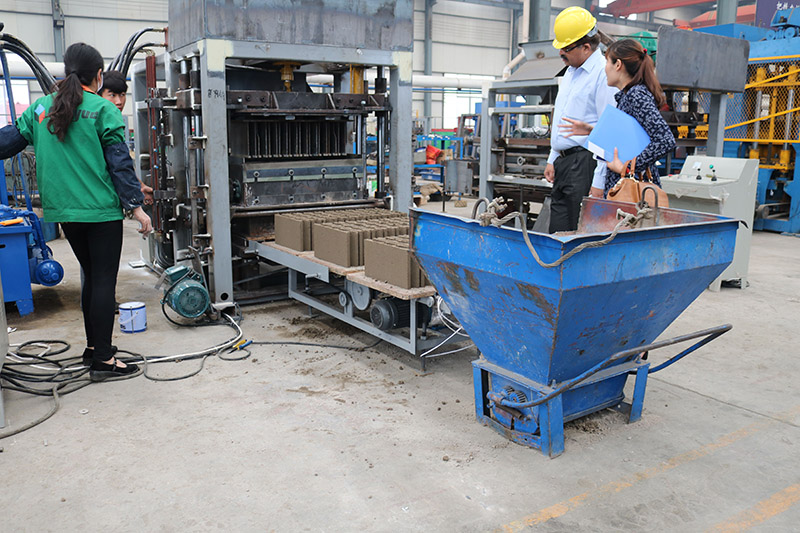
In the dynamic and rapidly expanding landscape of the Middle East, construction stands as a cornerstone of development. The demand for robust infrastructure, residential spaces, and commercial structures has surged, necessitating innovative solutions. Among these, automatic brick making machines emerge as a transformative force, redefining the construction narrative and playing a pivotal role in the region’s progress.
The Current Construction Scenario in the Middle East:
The Middle East, with its ambitious urban development projects and increasing population, faces unique challenges in the construction sector. Traditional brick-making methods struggle to keep pace with the demand for rapid and sustainable construction. This is where the integration of automatic brick making machines becomes a strategic imperative.
Efficiency and Speed:
Automatic brick making machines, with their advanced automation and streamlined processes, bring unprecedented efficiency to construction projects. In the Middle East, where timelines for mega-projects are stringent, these machines significantly reduce the time required for brick production. The result is accelerated construction schedules, meeting the urgent need for timely project delivery.
Environmental Sustainability:
The Middle East places a growing emphasis on sustainable development, and automatic brick making machines align seamlessly with this vision. By utilizing eco-friendly materials and optimizing energy consumption, these machines contribute to reducing the environmental impact of construction activities. Sustainable building practices are not just a preference but a necessity in the region, and automatic brick making machines play a vital role in meeting these requirements.
Adaptability to Local Conditions:
The diverse climates and terrains of the Middle East require construction solutions that can adapt to local conditions. Automatic brick making machines, designed with versatility in mind, can accommodate variations in raw materials and environmental factors. This adaptability ensures that construction projects remain robust and resilient in the face of the region’s unique challenges.
Job Creation and Skill Development:
While automation is a key feature of these machines, their integration into construction projects contributes to job creation and skill development. The Middle East seeks not only efficient solutions but also endeavors to enhance its workforce’s capabilities. Automatic brick making machines provide an opportunity for local workers to acquire new skills in machine operation, maintenance, and other related fields, fostering sustainable employment.

Cost-Efficiency in Construction:
Balancing the scales between quality construction and cost-effectiveness is a perpetual challenge in the Middle East. Automatic brick making machines address this challenge by optimizing material usage and minimizing wastage. The result is a more cost-effective approach to construction, allowing developers to allocate resources strategically and maximize the value of their investments.
Local Manufacturing and Economic Impact:
The deployment of automatic brick making machines encourages the establishment of local manufacturing hubs. This not only reduces reliance on imported materials but also stimulates economic growth by creating a network of suppliers, manufacturers, and skilled workers. The ripple effect of such localized manufacturing positively impacts the Middle East’s economy, fostering self-sufficiency in the construction sector.
Technological Advancements:
As the Middle East positions itself at the forefront of technological innovation, the integration of automatic brick making machines aligns with the region’s forward-looking approach. These machines leverage cutting-edge technology to ensure precision, quality, and consistency in brick production. This technological synergy contributes to elevating the overall construction standards in the region.
Conclusion:
In the transformative journey of the Middle East’s construction sector, automatic brick making machines emerge as catalysts for progress. Their efficiency, sustainability, and adaptability make them invaluable assets in the pursuit of building a future that is both dynamic and enduring. As the region continues to evolve, the integration of these machines will play a central role in shaping a construction landscape that mirrors the ambition and vision of the Middle East.

